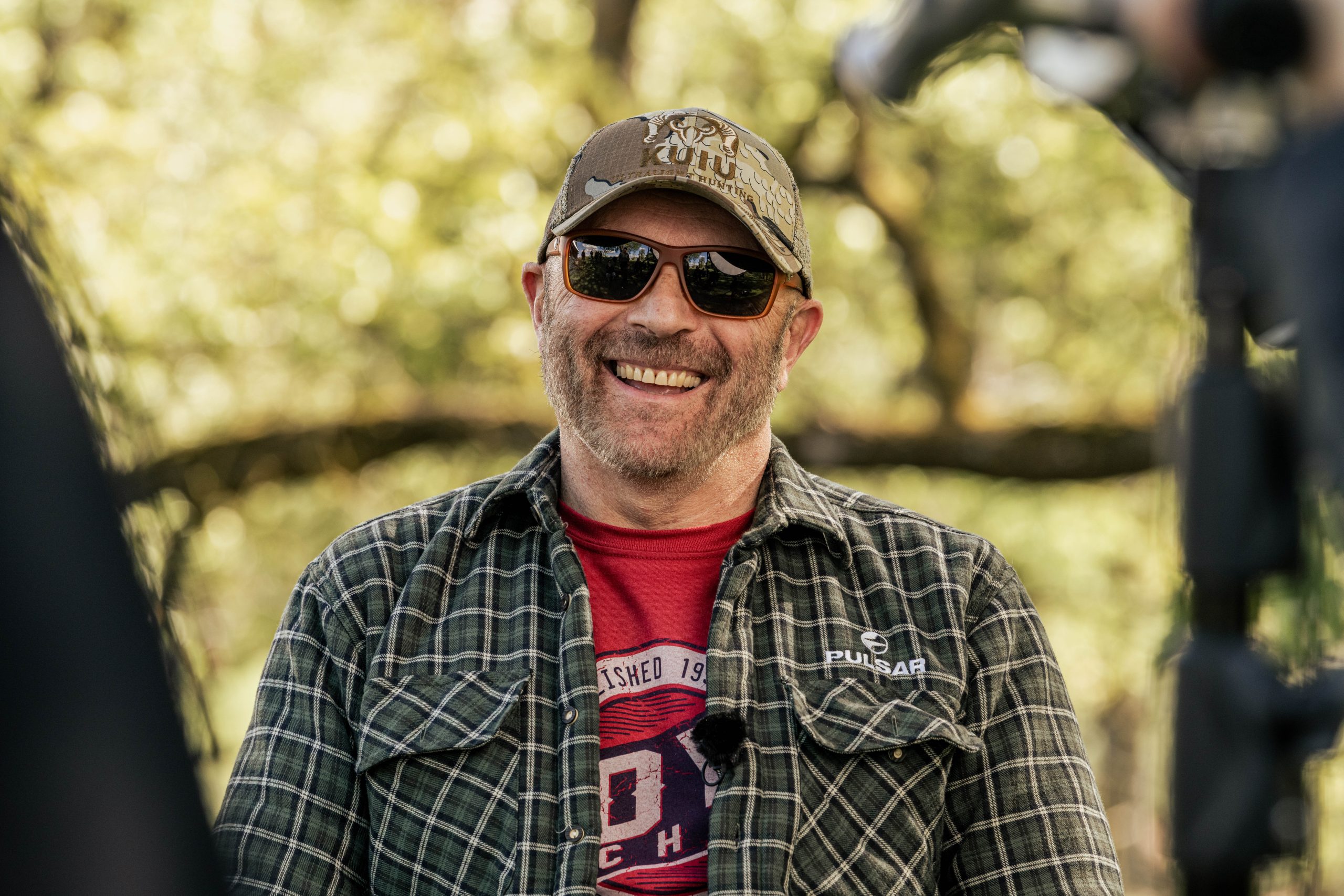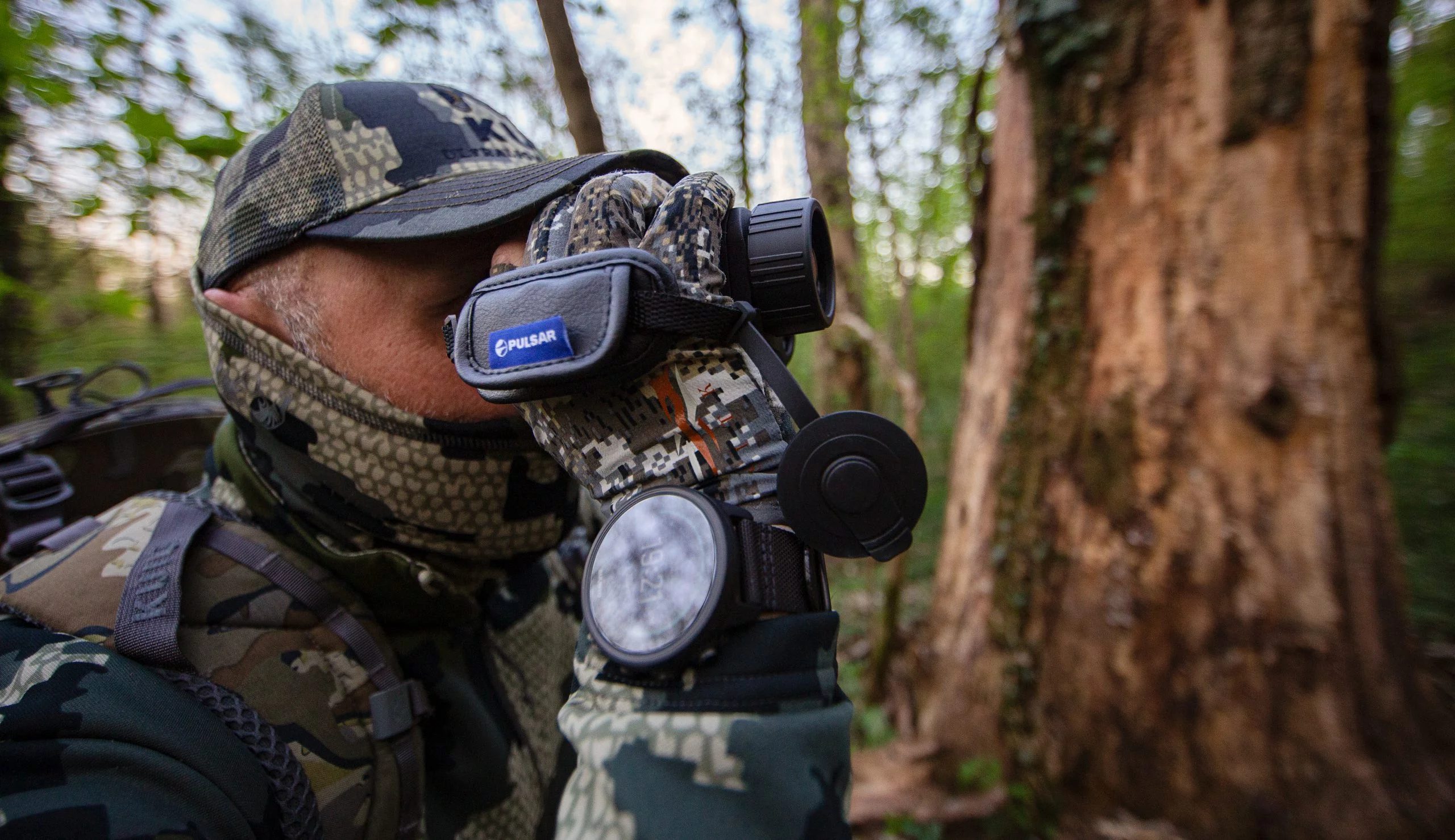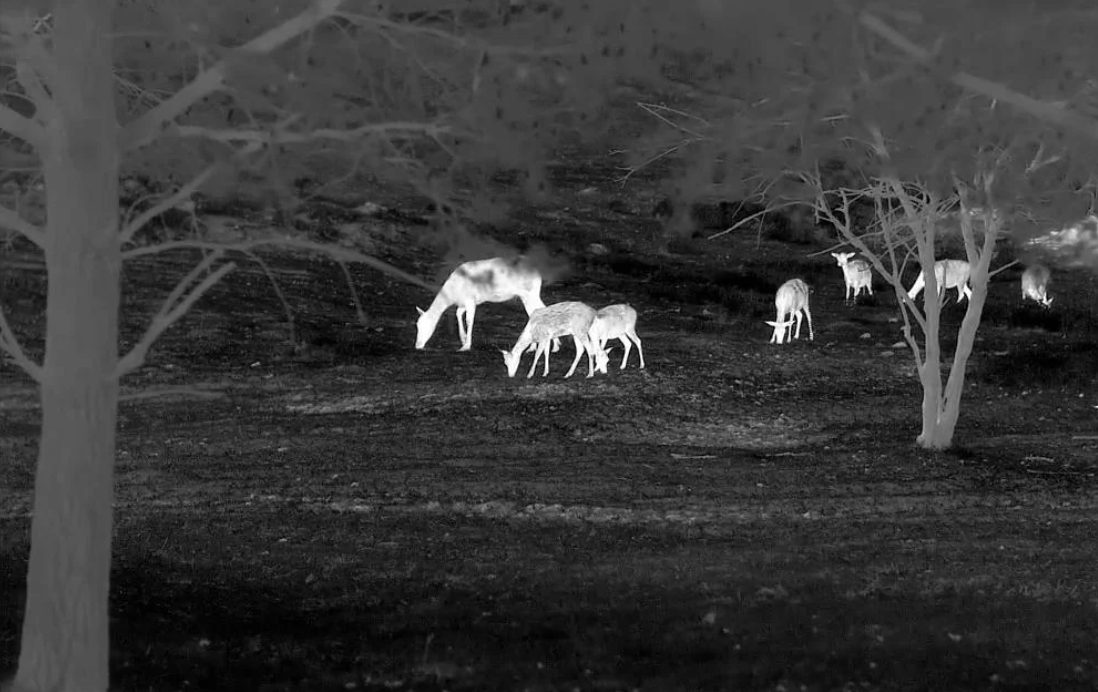
Riccardo Tamburini
ricky_outdoor.itExpert Contributor:
Riccardo Tamburini
Hunters and birdwatchers may have different goals, but they are often guided by the same quiet discipline. Both spend hours in nature, still and alert, waiting for just the right moment. They study the landscape closely, move with care, and rely on patience, focus, and the right gear to notice what others might miss.
In this conversation, we speak with Italian hunter Riccardo Tamburini, who is also a nature photographer and passionate birdwatcher. He shares how patience, stealth, and thermal optics play a key role in getting closer to nature – whether he’s hunting or simply observing wildlife.
What do you think unites hunters and birdwatchers when it comes to observing wildlife – especially in how they use stillness, patience, and gear to notice what others might overlook?
I’m a hunter, of course, but I’m also a photographer and a Nature lover, so my approach to the observation during hunting is deeper and more accurate than the average hunter’s. Normally, a birdwatcher uses standard binoculars or a camera to see or to film/shoot his target, so I think that the main use of a thermal unit is during the day to easily spot his subject. Birds have incredible sight and are able to perceive movements much better than mammals – even from very far. This is why when a birdwatcher is moving in the wild, he has to be more patient than a hunter. It’s also true that often a birdwatcher uses a blind to reduce the distance between him and the target bird, and in this case the use of a thermal unit is useless. To be unseen by birds, a human has to move discreetly, slowly, and stealthily, using the best gear to camouflage his silhouette.
How important is physical and mental stealth when using thermal optical gear in the field?
Very important. There are birds who are shy and prefer to live in dense cover. Like woodcock. It’s imperative to see her before she sees me. It’s not easy, and this is why I use a thermal unit, deeply spotting all the environment around me. It’s patient work, which forces me to move incredibly slowly to be unseen and silent.

Riccardo Tamburini
Do you think stealth is something you learn over time, or is it more instinctual? How does gear help or challenge that?
I started to go hunting with my father when I was young, very young. I was 14. So it’s difficult for me to answer this question. I think that it’s possible to learn how to move in a wood, to be stealthy or to be patient. If you are impulsive or hasty, it’s better you choose another hobby.
Are there times when you use your optics or thermal gear simply to observe – without a goal in mind?
I always go out having a target. Because the success of what you do also depends on preparation. Yes, you can be lucky, but it happens one time in your life.
What do those moments offer you as a hunter or birdwatcher?
I’m incredibly satisfied when I’m able to approach an animal who is not able to see me. Watching him live naturally is priceless. I’m a super curious person, and this possibility gives me the opportunity to understand more things about the animal I’m seeing. And it helps a lot also during hunting. To better approach an animal – sometimes to reduce the distance between me and him – I walk without boots, like a bowhunter does.
What’s more challenging for you: staying completely still or moving undetected? How do you use your gear to manage both?
Moving undetected, of course. You have to choose your gear very carefully: there are beautiful jackets with nice patterns, but they’re completely useless because they produce a lot of sound simply by rubbing your arms on your body. Generally speaking, I use the best gear. There are brands that invest heavily in patterns inspired by predator skins or developed from accurate studies about how animals see.
How do tools like thermal devices change the way you scan a landscape or track movement?
Having easy and affordable access to thermal technology changed my life as a hunter and nature observer. Now I’m able to understand if the animal in front of me is digesting, or if he’s alarmed, or quiet and calm. With the latest devices on the market, using the rainbow palette, I can even see the beating heart of a roe deer. And it’s very important to have the highest precision to place a good shot even in the dark.
Has thermal technology helped you find animals in situations where traditional optics fall short?
I think the strong point of this technology is detecting a bedded animal, even in fairly dense cover, which is more difficult than spotting a moving one. Movement is something the human eye is naturally trained to catch, but when an animal is lying still and blending into the environment, thermal imaging gives you a real advantage. It picks up heat signatures that would otherwise go unnoticed, especially in low light or at night. That’s where thermal really proves its value.
What’s your process before you decide to act in the field – are there specific visual cues or behaviors you’ve learned to wait for?
The first thing I do is understand if there are target animals around me. I spend a lot of time doing that, covered and being as still and motionless as possible. Then, I study the best approach, taking advantage of the ground or the wood. If that’s not possible, I stay far away because any animal could easily spot me in an open area. This is why it’s so important to have a device that gives me good image quality, even at higher base magnification. It’s not always possible to film animals from just 10–20 meters away.
Before purchasing any night or thermal vision device, please make sure you adhere to the local legislation and only use it when it is allowed. Our ambassadors come from various countries and travel a lot, which allows them to test different devices. We do not encourage or support the illegal use of our devices in any events. If you wish to learn more about export and sales restriction policy, please visit the following link: Export and Sales Restriction Policy.

